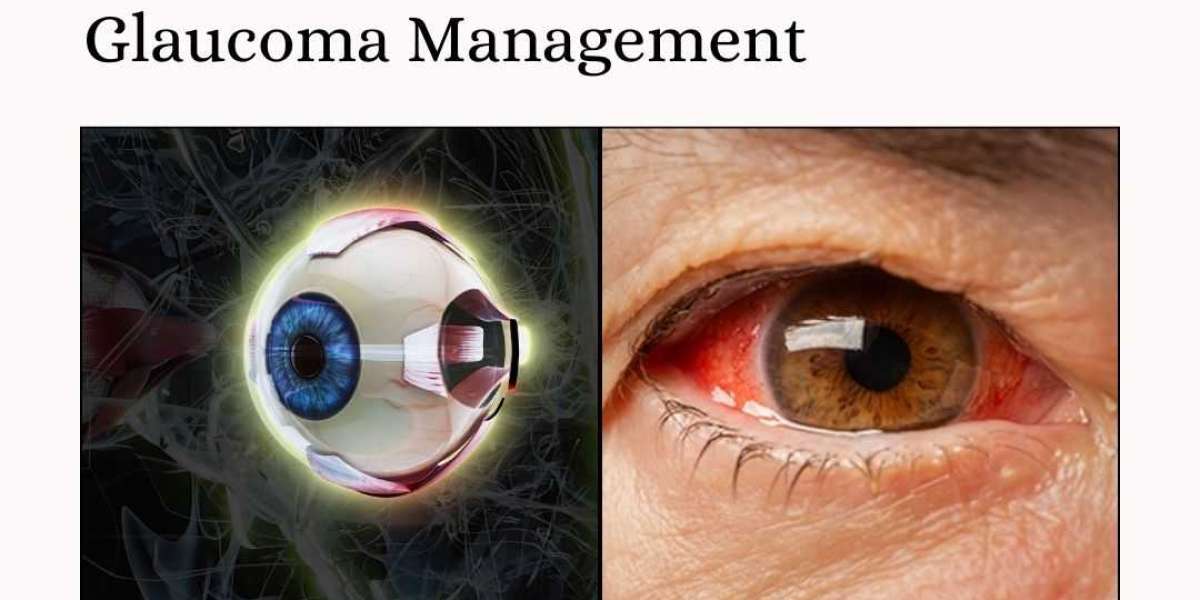Glaucoma is a group of eye diseases that damage the optic nerve, often due to increased intraocular pressure (IOP). It is one of the leading causes of irreversible vision loss worldwide. Fortunately, with early detection and effective management, many people can maintain their vision and quality of life. Here, we explore the top options for managing glaucoma.
1. Prescription Eye Drops
One of the most common treatments for glaucoma is the use of prescription eye drops. These drops are designed to reduce intraocular pressure by either decreasing the production of fluid in the eye or improving its drainage. There are several types of eye drops available, including:
- Prostaglandin analogs: These increase the outflow of fluid and are often the first line of treatment.
- Beta-blockers: These decrease fluid production and are frequently used alongside other treatments.
- Alpha agonists and carbonic anhydrase inhibitors: These may be prescribed if other treatments are not effective.
Regular use of prescribed eye drops is crucial for managing glaucoma effectively.
2. Oral Medications
In some cases, oral medications may be prescribed in addition to eye drops. These medications work to lower intraocular pressure and are usually reserved for patients who do not respond adequately to topical treatments. They can include carbonic anhydrase inhibitors that help reduce fluid production in the eye.
3. Laser Treatment
Laser treatment can be an effective option for managing glaucoma, especially for those who do not respond well to medication. There are several types of laser treatments:
- Laser Trabeculoplasty: This procedure enhances the drainage of fluid from the eye, lowering IOP.
- Laser Iridotomy: Often used for angle-closure glaucoma, this creates a small hole in the peripheral iris to improve fluid flow.
Laser treatments can provide significant relief and are often performed on an outpatient basis.
4. Surgical Options
When other treatments fail, surgical options may be necessary. Surgery aims to create a new drainage pathway for the fluid inside the eye or to reduce fluid production. Common surgical options include:
- Trabeculectomy: A procedure that creates a new drainage channel for eye fluid.
- Glaucoma Drainage Devices: These implants help to control IOP by providing an alternate drainage route.
Surgical interventions can be highly effective but require careful consideration and discussion with an eye care specialist.
5. Lifestyle Adjustments
In addition to medical treatments, certain lifestyle changes can help manage glaucoma. These include:
- Regular Eye Exams: Early detection is key. Schedule routine eye exams, especially if you are at higher risk.
- Healthy Diet: A diet rich in antioxidants, vitamins C and E, and omega-3 fatty acids can support eye
health.
- Regular Exercise: Engaging in physical activity may help lower eye pressure.
- Avoiding Smoking: Smoking is detrimental to eye health, so quitting can be beneficial.
Conclusion
Managing glaucoma requires a comprehensive approach tailored to individual needs. By working closely with an eye care professional, utilizing prescribed treatments, and making healthy lifestyle choices, individuals can effectively manage their condition and protect their vision. If you or a loved one is at risk for glaucoma, consult with your optometrist for a personalized management plan.







